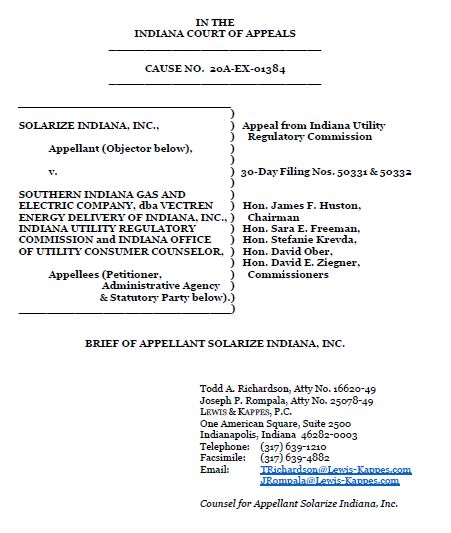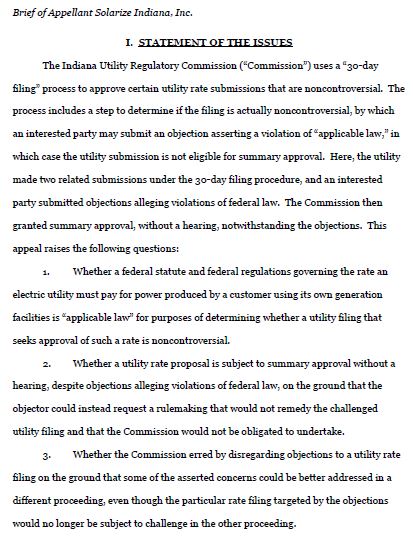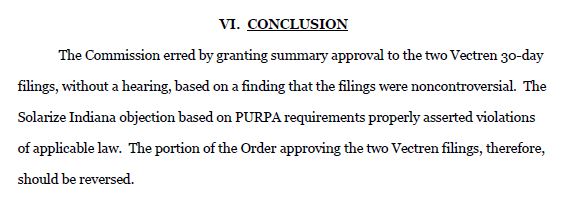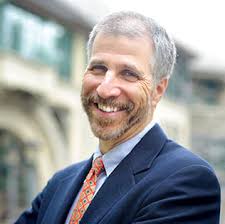A thought experiment suggests how much rooftop solar could reduce transmission and distribution costs.
California and other locations are moving to renewable energy at high speed. But even in these forward-leaning areas, there is still an active debate about which renewables and where. Part of that debate centers on the role of distributed generation (DG), which almost exclusively means rooftop solar. (Batteries are storage, not generation, but I will get to them shortly.)
The benefits and costs of DG continue to be debated, a topic I have written about here a number of times. (If you are suffering from insomnia, try my blogs from 2013, 2015, 2015 again, 2016, and 2016 again.) Per kilowatt-hour (kWh), rooftop solar costs more than power generated from large-scale solar farms, but advocates argue there are advantages that such a simple comparison misses. Among the first they mention is the savings in transmission and distribution costs that result from generating electricity at the location where it is used, a topic that Lucas dug into in June 2018. Lucas discussed some research that looks at specific circuits of a specific utility and studies what the savings might be. That research found that the grid benefits were substantial in a few locations, but were quite small for the grid overall.
Today I want to take a macro approach, looking at just how much the savings could be for the entire grid.
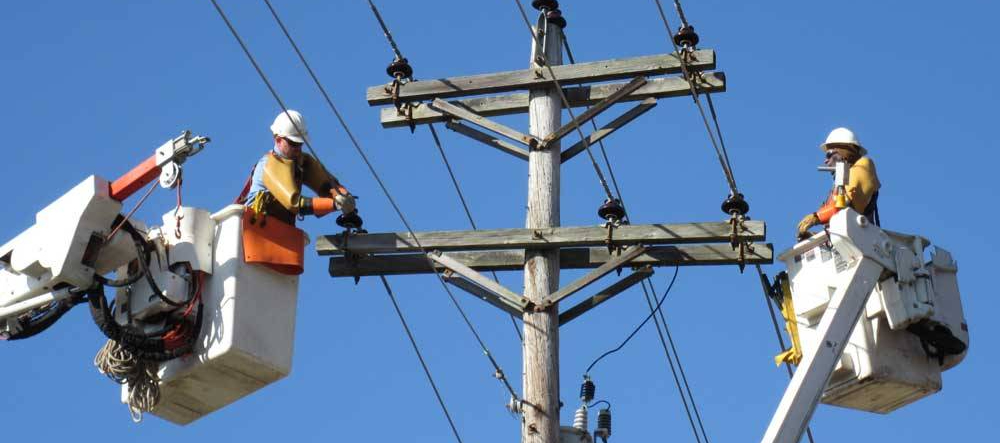
To begin with, building a grid is very expensive. The US has spent trillions of dollars on its own grid. But those are sunk costs; nothing we do now will recover any of that money. So, those costs are not relevant when asking whether to build additional distributed versus grid-scale renewables going forward. Similarly, the country has sunk billions into rooftop solar that’s already installed, including some very expensive projects during the technology’s nascent stage, which is also irrelevant for policy going forward. The critical question now is: how much of the expenditures that the country is likely to make on the grid in the future could be avoided by installing more distributed solar in the future?
One guide that I have heard referenced by two different leaders in the rooftop solar industry is the estimate that the US will have to spend $1.1 trillion over the next 25 years to maintain, expand, and modernize its grid. The source is this 2015 DOE report (page 3). That’s a daunting number, but 25 years is also a long time, and a lot of electricity. (National expenditures on many things are impressive over 25 years: if current trends hold, it looks like the US will spend about $0.9 trillion on cheese in the next 25 years.)

Let’s assume that the $1.1 trillion number, adjusted for inflation, applies today for the next 25 years. Next, let’s ask how much of that grid investment could be avoided if we were to install enough additional rooftop solar over the next couple decades to provide 10% of the kWh that otherwise would have been produced by grid generation. A very generous estimate is 10%. That would mean that moving a given additional proportion of total generation to rooftops would reduce the needed grid investment going forward by the same proportion. There are two fundamental reasons the savings would likely be much smaller:
- The grid exhibits significant economies of scale. If every customer were to consume twice as much electricity, it would not require twice as much investment in the grid. Conversely, if every customer were to consume half as much – or if half of all customers were to drastically cut their consumption from the grid – it would not cut in half the level of investment we need going forward.
- Nearly all customers with rooftop solar, even if they generate as much as they consume, still use the grid extensively, and every second of the day. A residential system without batteries (still the vast majority of new systems) will export a large share of the power it generates into the grid when the solar panels are generating more than their consumption, and the household will import substantial quantities from the grid when they are consuming more than their panels are producing. That will be a smaller factor for solar with batteries, but it won’t go away. Once the batteries are charged, customers will again be exporting into the grid. And on long stretches of cloudy/rainy/smoky days, they will be depending on imports from the grid. In fact, while a solar customer with some batteries will surely do less electricity exchange with the grid, it is not at all clear that they would want to make do with any less service capacity on their wire.

So, an assumption that replacing X% of customer energy demand from the grid with distributed solar generation would reduce the need for grid investment by X% greatly overstates the true savings. But let’s go with it anyway for a minute. If that were true, how big would the savings be? The answer is 1.2 cents per grid-generated kWh that is displaced by rooftop solar.1 (Calculation details in that footnote.)
In other words, if rooftop solar PV otherwise had the same attributes as grid scale solar PV, but allowed grid investment to be reduced proportionally to its production, that would enhance its value by about 1.2¢/kWh. In reality, the number would be much smaller for the two reasons explained, almost certainly well under one cent per kWh.
To put this calculation in context, 2019 non-partisan estimates put the midpoint unsubsidized levelized cost for residential rooftop solar at 20¢/kWh, for commercial/industrial rooftop solar at 11¢/kWh, and for grid-scale solar at 4¢/kWh. That’s a big gap. Savings on transmission and distribution isn’t going to fill more than a tiny fraction of it.

Of course, savings on transmission and distribution aren’t the only consideration in comparing rooftop to grid-scale renewables. One that has grown in importance and attention since I last discussed the topic is resiliency, at least when the system includes batteries. Still, it is worth pointing out that, just as with a gasoline generator, the benefits of that resiliency flow primarily to the customer with the solar, which is not a compelling argument for preference in public policy.
None of this is to say that rooftop solar can’t ever be a winner for society. In some areas, grid scale renewables are not feasible due to a lack of land availability (an advantage of rooftop real estate) or barriers to building transmission or distribution. As a result, in specific locations, distributed generation can be more cost-effective. But we aren’t building rooftop solar in the specific locations with those constraints! We are building them anywhere that any home or business owner benefits privately, even if grid scale renewables would be much more cost-effective for society.
Anyone who is paying attention understands that the planet is warming and we need to stop burning fossil fuels. But to do that in a politically sustainable and equitable way, we also need to find alternatives that are cost-effective for society as a whole. We got into this mess through individual choices that don’t account for the impact on others in society. I believe that we can only get out of it with solutions that do account for those impacts.
Despite my anxiety about national politics, I’m still mostly tweeting energy news/research/blogs @BorensteinS
Keep up with Energy Institute blogs, research, and events on Twitter @energyathaas
Suggested citation: Borenstein, Severin. “What Can Distributed Generation Do For the Grid?” Energy Institute Blog, UC Berkeley, September 28, 2020, https://energyathaas.wordpress.com/2020/09/28/what-can-distributed-generation-do-for-the-grid/
1 I assume that there is no growth in demand over 25 years (which biases upward the savings per kWh), so I divide the $1.1 trillion investment by the 2015 consumption of 3.900 trillion kWh times 25, which yields $0.0113/kWh in 2015 dollars. Inflating that figure to 2020 dollars using the all-urban CPI gives $0.0123/kWh.




